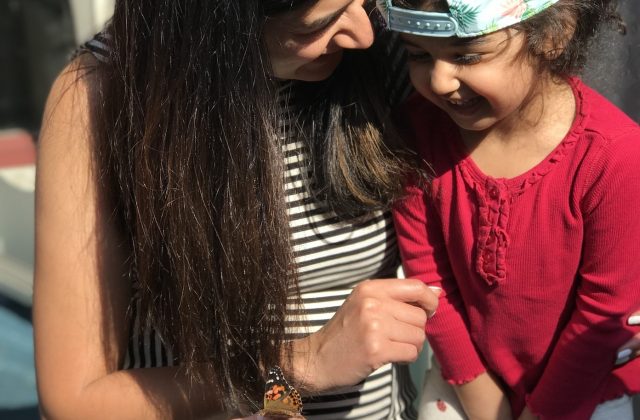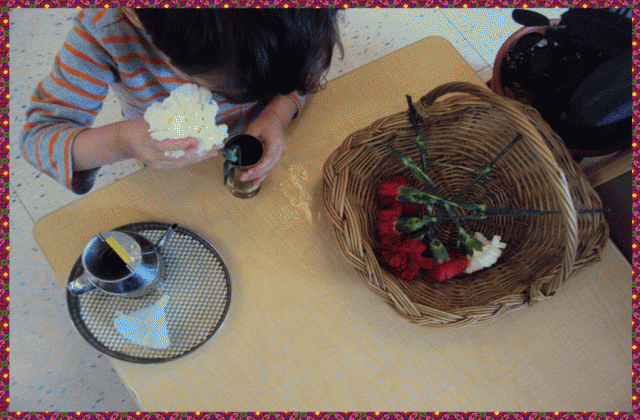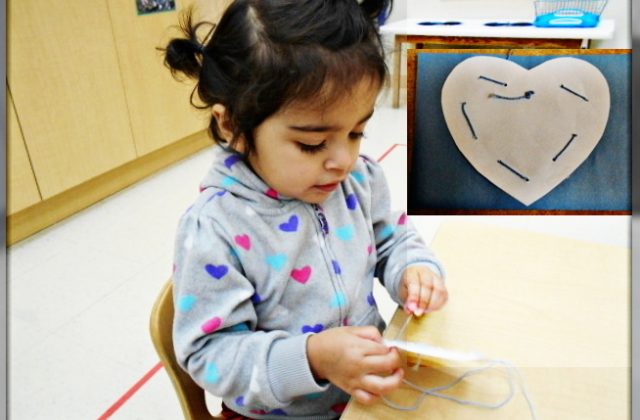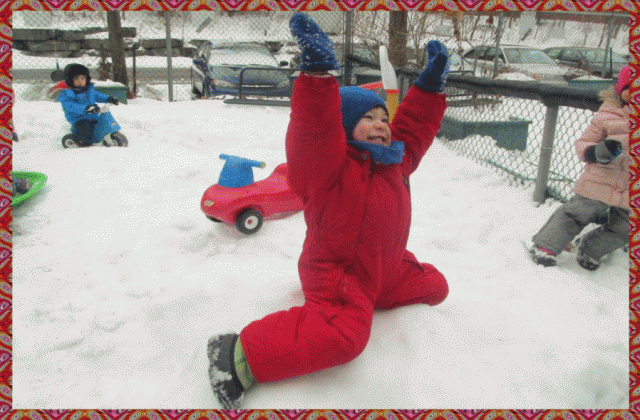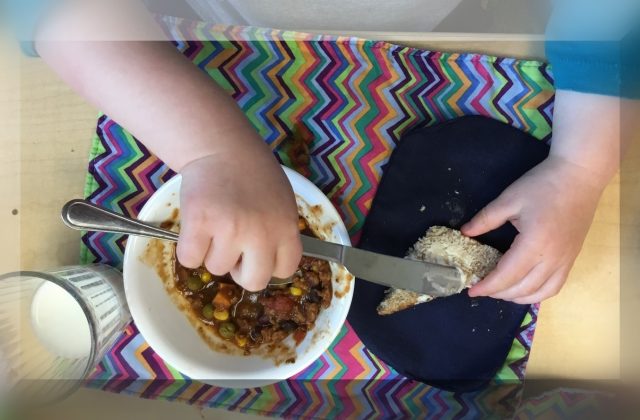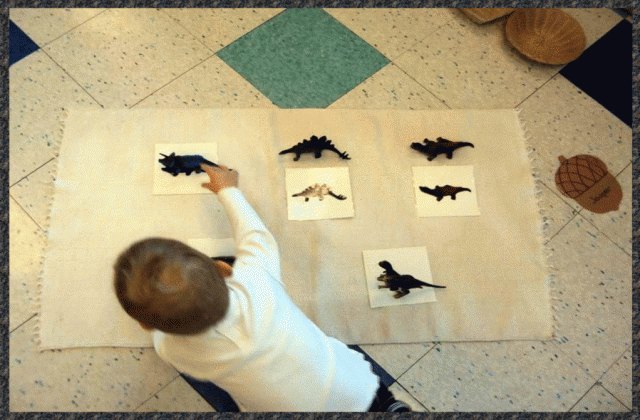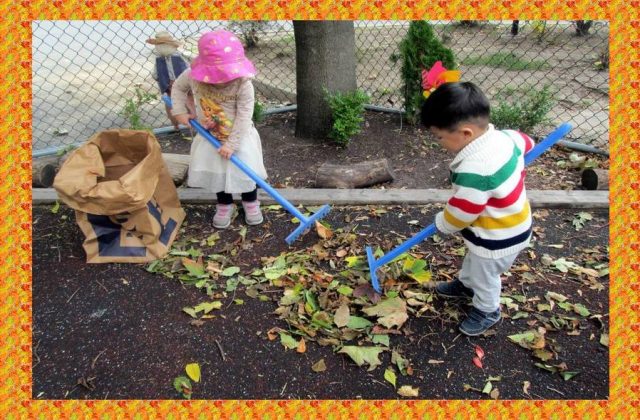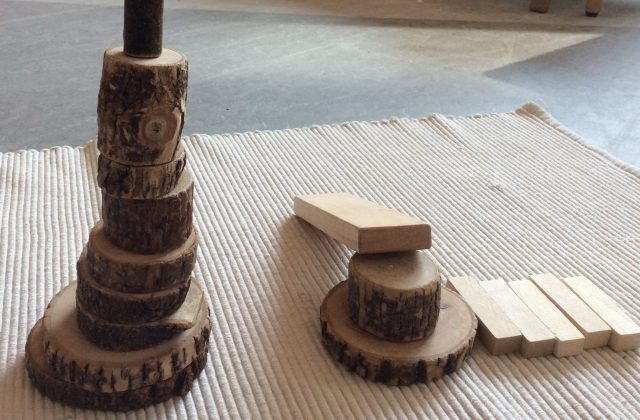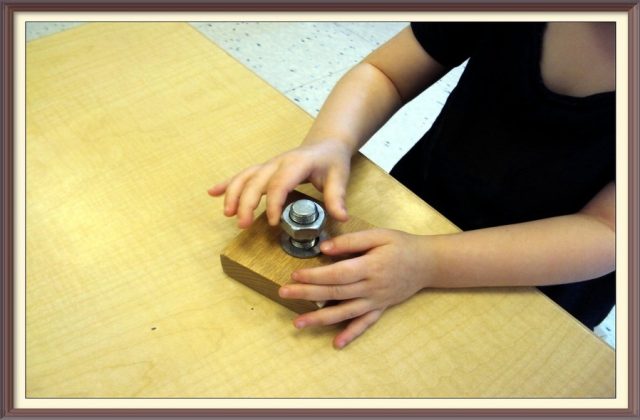Butterflies!
During the month of May, the Under 3 community had the opportunity to observe the life cycle of a butterfly: from a small caterpillar to a large Painted Lady butterfly. In addition to examining the caterpillars, the children learned about the parts of the butterfly and the life cycle using nomenclature cards and jigsaw puzzles.
Please click “Butterflies!” to read more about our experience.
View
